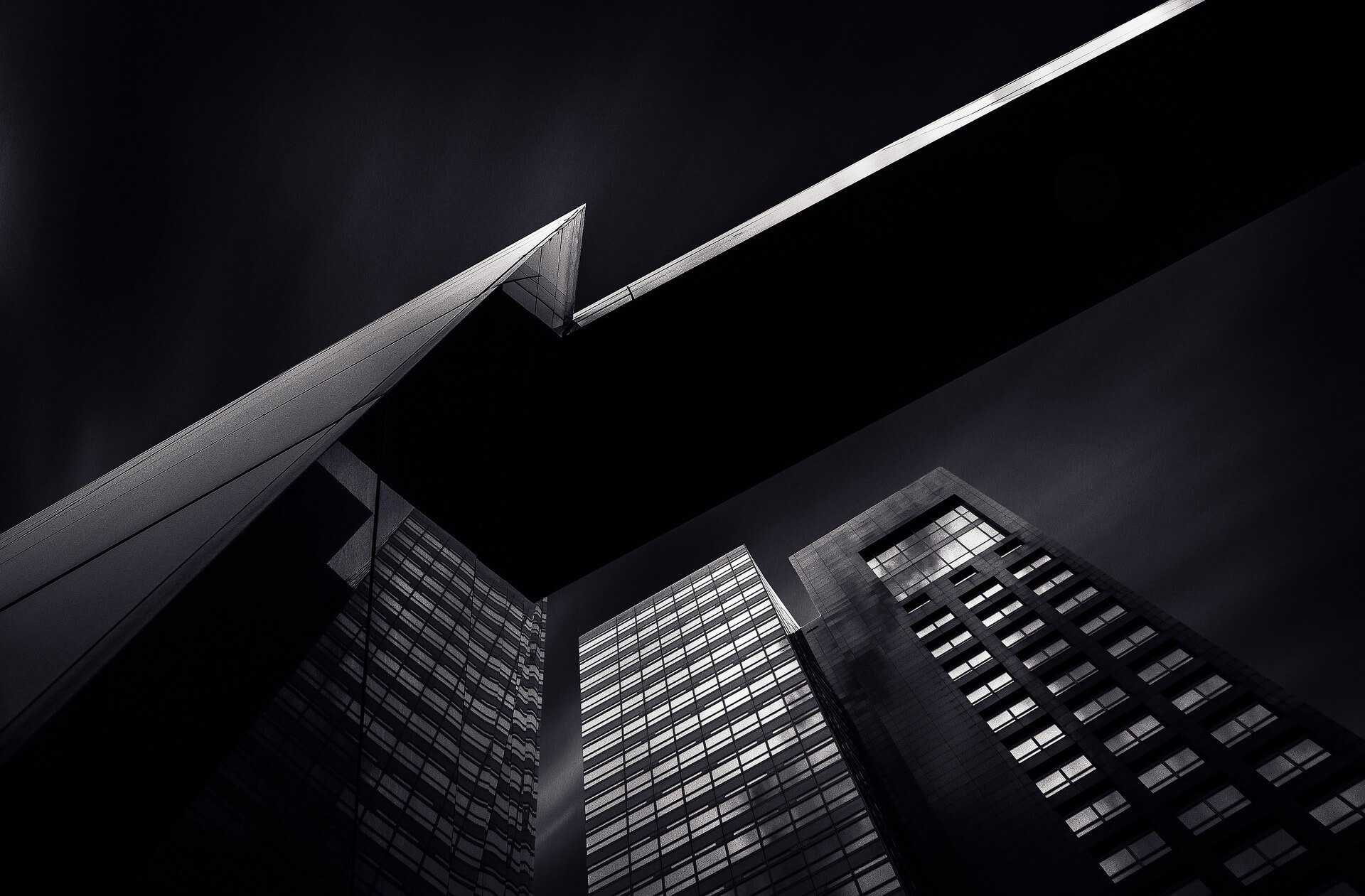Introduction
In today’s micro-lecture, you will learn how to optimize the design of your concept’s architectural flow by learning how to give attention to the “between spaces” that exist before and after architectural features. By also focusing on these “between spaces” you can create better experiential flow for your building occupants. And this helps you tie your design ideas together to support your overarching design concept, which ultimately leads to more functional, beautiful and meaningful poetics. Please watch the video micro-lecture now to learn how to apply this design thinking to your own process.
Transcript
00:05 Maria Lorena Lehman: This is Maria Lorena Lehman. And in this Micro-Lecture, we’re going to explore how using architectural flow can help you innovate your design concept. Now, within your architectural flow, you can give attention to not just architectural features, but also to the “between spaces” which leads to better experiential flow for occupants. So I’ll begin drawing a diagram here where you can see features, and these are architectural features. Such features can be made up of geometric forms, material features, nature integration features, and so on. Really, architectural features are left to the ingenuity of the architect.
00:58 MLL: For the purposes of this diagram, there are architectural focal points that innovate an occupant experience. But to get architectural flow to function in optimized levels, it’s important to also pay attention to the in-between spaces between architectural features. Now, between spaces can be made up of the entrance that leads into your architectural environment, where this between space focuses on preparation. This means anticipation or expectation within the occupant experience. Another between space can be seen between architectural features, and this focuses on transition, where occupants are processing what feature they have just experienced, and are getting ready to prepare for the feature that they will experience. So this between space is about transitioning between the two features, and about processing that information.
02:03 MLL: Another between space can be seen in the exit from your architectural environment, and this concerns itself with occupant departure. And this can include aspects like memory, for instance. Now, with between spaces within architectural flow, it’s important to note that this entry and exit idea exists within each between space. So, within this between space, you can see that the beginning of it can be declared a departure from the architectural feature that was just experienced. And at the end of the between space, you can declare this a preparation area to prepare the occupant for the feature that they will experience. It is also important to note that the departure and preparation phases within the between space can switch as an occupant travels back and forth between features.
03:11 MLL: So, as you can see, it’s important to pay attention to the spaces in between your architectural features, as they contribute to occupant perception and experience. It’s in the in-between spaces that occupant processing and transition, preparation and departure occur, and this can help to optimize the performance of your architectural features. So when designing your architectural concept, pay attention to architectural flow and the spaces in-between the important features that you design, because these are the spaces that will tie the poetics of your architectural design concept together.


